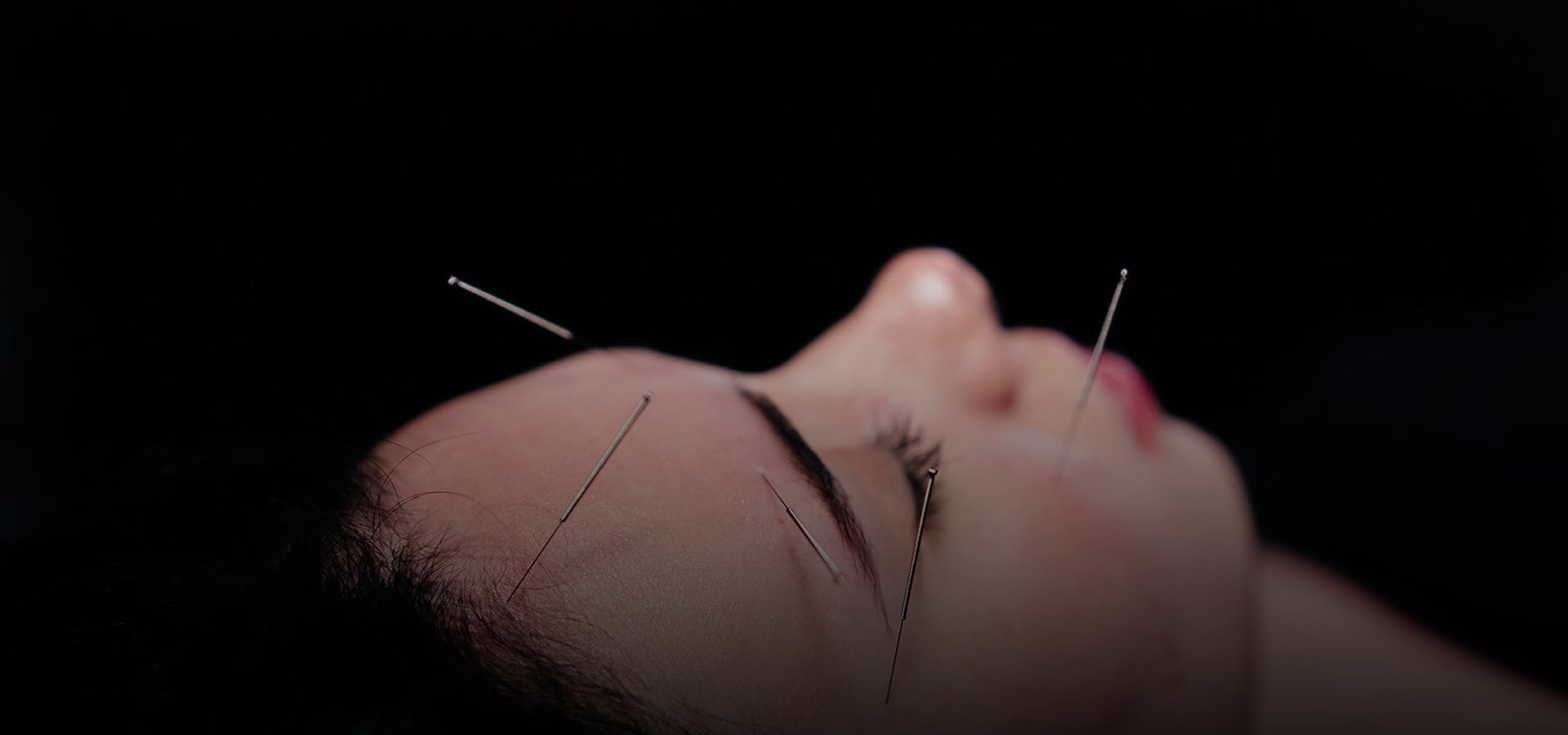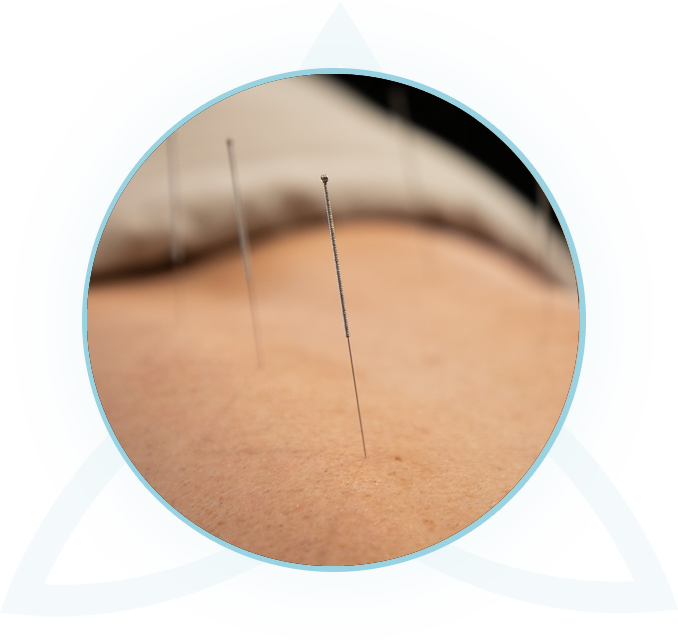

Acupuncture is a component of traditional Chinese medicine (TCM), which originated in China more than 5,000 years ago. Based on the principles of traditional Chinese medicine, acupuncture is a safe, natural and effective type of therapy that involves the insertion of hair-thin needles into the skin at precise points, known as acupuncture points.
Acupuncture is an ancient Chinese medicine practice where very fine needles are placed at specific points on the body. This technique aims to balance the flow of Qi, the body's vital energy, which travels through pathways called meridians. When Qi is blocked or out of balance, it can lead to illness or pain. By restoring the natural flow of Qi, acupuncture promotes healing and overall well-being.
Qi is the vital energy that flows through the body, protecting it from illness and pain. It moves along pathways known as meridians, each associated with specific organs. Balanced Qi results in health and well-being, while blocked or imbalanced Qi can cause discomfort and disease. Factors like stress, diet, lack of exercise, and emotional trauma can disrupt the flow of Qi.
Modern acupuncture needles are usually made from stainless steel. They are ultra-fine and flexible, permitting a nearly painlessinsertion. To prevent disease transmission, acupuncture needles are pre-packaged, single-use, disposable and sterile, and discarded immediately after use. People are often surprised and relieved to find that acupuncture needles are extremely thin and solid, with a doweled end, not a cutting end like most hypodermic needles. Therefore, acupuncture needles are far less likely to cause tissue damage or bruising when inserted. Acupuncture aims to restore and maintain the body's natural healing abilities, without side effects. Acupuncture is a very safe therapy when performed by a skilled practitioner, even though it involves needles.

Acupuncture works by:
While everyone experiences acupuncture differently, most people find that acupuncture is a very comfortable and relaxing procedure. The needles used are so thin that most people barely feel a thing upon insertion. Most of the time acupuncture produces some kind of sensation at the site of needling, such as numbness, heaviness, tingling, dull aching, distention, soreness, warmth or an electric sensation. This moment is when a person literally feels an acupuncture point working, known in traditional acupuncture term as “De Qi” (obtaining of Qi).
Acupuncture is extremely successful in the treatment of a multitude of conditions. Many people try acupuncture as a "last resort" to serious and complex medical problems, and find that it can help them when other treatments could not.
The most common ailments people present themselves to an acupuncturist tend to be pain related condition, e.g. arthritis, migraines, back, neck, knee joint and shoulder pain, and nerve pain such as sciatica and carpal tunnel syndrome.
However, traditional Chinese medicine is a complete medical system that is capable of diagnosing and successfully treating a wide range of conditions.The following conditions have been recognized by the World Health Organization (WHO) as treatable by acupuncture.
Allergies
Anxiety and Depression
Arthritis and Joint problems
Asthma
Back Pain
Bell's Palsy
Bladder and Kidney Problems
Carpal Tunnel Syndrome
Cerebrovascular Accident
Chemotherapy Side Effects
Chilliness
Chronic Fatigue
Chronic Sinusitis
Constipation and Diarrhea
Cough and Bronchitis
Crohn Disease
Deafness
Dizziness
Drug Addictions
Eczema
Fever
Fybromyalgia
Gynecological Disorders
Headache/Migraine
Health Maintenance
Herpes Zoster
High Blood Pressure
Immune System Deficiency
Impotency
Infertility
Insomnia
Irregular Menstruation
Menopausal Syndromes
Morning Sickness
Neck and Shoulder Problems
Numbness
PMS and Menstrual Cramps
Psoriasis
Radiotherapy Side Effects
Skin Allergy
Stress/tension
Tendinitis
Temporomandibular joint (TMJ) syndrome
Toothache
Your first visit includes a detailed health consultation. The acupuncturist will take your health history, check your pulse, examine your tongue, and perform a physical assessment to identify any imbalances in your Qi. This information helps create a personalized treatment plan. The initial session lasts about one hour, and follow-up visits are typically around 45 minutes.
Acupuncturists check specific pulse points on your wrist, which correspond to different organs and pathways, to gain insights into your health. They also examine your tongue’s color, shape, and coating, which can reveal important information about your overall health.
During acupuncture, you might feel sensations like gentle pressure, numbness, warmth, tingling, or an energy flow. The needles are very fine and designed for comfort. Most people find the experience relaxing and may even fall asleep once the needles are in place.
The number of treatments required varies from person to person. Some may experience relief quickly, while others, especially those with chronic conditions, may need several months of treatment. Initially, more frequent sessions (one or two per week) may be recommended. For ongoing wellness and prevention, regular treatments might continue even after the main issues are resolved.
Herbal supplements may be used alongside acupuncture to enhance healing and address specific imbalances. Your acupuncturist will discuss whether herbal supplementation is suitable for your personalized wellness plan.
This holistic approach aims to balance the body's energy, addressing both symptoms and underlying causes to promote overall health and well-being.